Small Fruit News
The Southern Region Small Fruit Consortium posts articles and sends the SMALL FRUIT NEWS to subscribers four times annually.
-
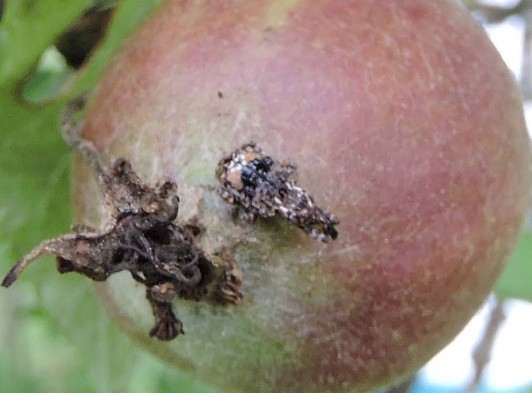
By Douglas G. Pfeiffer, Dept. Entomology, Virginia Tech, Blacksburg VA 24061 Usually thought of as apple, peach, cherry and plum pest but plum curculio also will attack blueberry, huckleberry, grape, and persimmon (Milholland & Meyer 1984). Plum curculio is one of the most potentially damaging pests on various hosts during the petal fall period. The…
Posted in: Summer 2022 -
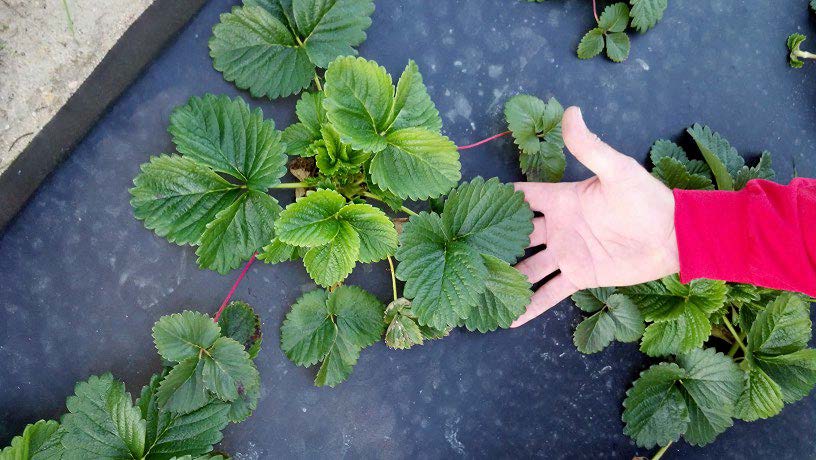
Kristin Hicks, Agronomic Services, NCDA&CS In order to optimize growth, fruit quality and economic return, commercial strawberry production requires intensive and precise fertilization throughout the season. In high-value crops like strawberry, using a combined strategy of pre-season soil testing and in-season plant tissue analysis is an inexpensive and highly effective approach to optimize both strawberry…
Posted in: Spring 2022 -
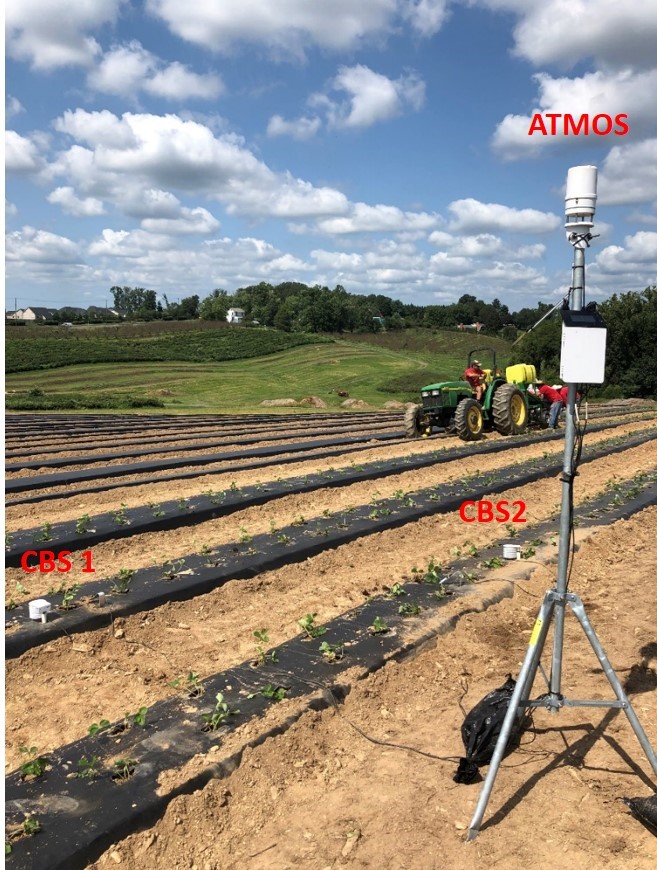
Mengjun Hu1, John Lea-Cox1, Jayesh Samtani2, Roy Flanagan III2, and Chuck Johnson21 Department of Plant Science and Landscape Architecture, University of Maryland 2 Virginia Cooperative Extension Plasticulture growers in production areas outside Florida and California, such as the coastal plain or piedmont areas of the eastern US, typically use lightweight spun bound or nonwoven row…
Posted in: Spring 2022 -

Aaron Cato Wireworms are an uncommon, soil-dwelling pest that feed on seeds and developing seedlings, as well as the roots and underground stems of plants. While uncommon, wireworms can be a serious pest of many seeded annual crops and especially of root and tuber crops such as sweet potato. Most berry growers probably aren’t too…
Posted in: Spring 2022 -
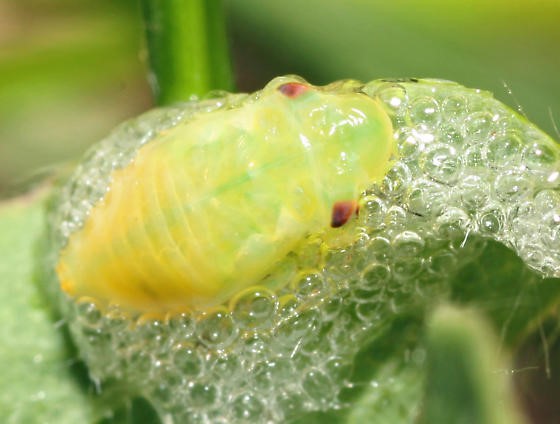
Douglas G. Pfeiffer, Dept. of Entomology, Virginia Tech Meadow spittlebug is an insect that most people are familiar with, even those not involved with berry production. The masses of white, frothy spittle-like material are commonly seen on meadow grasses and other plants. If you pull apart the froth, a green nymph is usually found feeding…
Posted in: Spring 2022 -

Alejandro Rojas, Dept of Plant Pathology, University of Arkansas Strawberry is one the most widely cultivated fruits in the US and it is a major berry crop in Arkansas, with at least 30 growers around the state, or in the nearby states. Soil infestation by plant pathogens in strawberry fields are amongst the most limiting…
Posted in: Spring 2022 -

Mahfuz Rahman1 and Jayesh Samtani2; 1West Virginia University, Morgantown, WV, Email: mm.rahman@mail.wvu.edu ; 2 Hampton Roads Agricultural Research and Extension Center, Virginia Tech., Virginia Beach, VA. Anthracnose is one of the most destructive diseases of strawberry affecting fruit growers in the southeastern United States. Although all parts (crowns, runners, petioles, blossoms, fruits) of the strawberry…
Posted in: Spring 2022 -

Justin Scheiner, Associate Professor and Extension Viticulture Specialist, Department of Horticultural Sciences, Texas A&M University In 2021, the University of Arkansas System Division of Agriculture and Texas A&M University cooperatively released a new table grape, Southern Sensation Seedless. What makes this grape special is that after thirty-four years of trialing in central and southeastern Texas,…
Posted in: Spring 2022 -
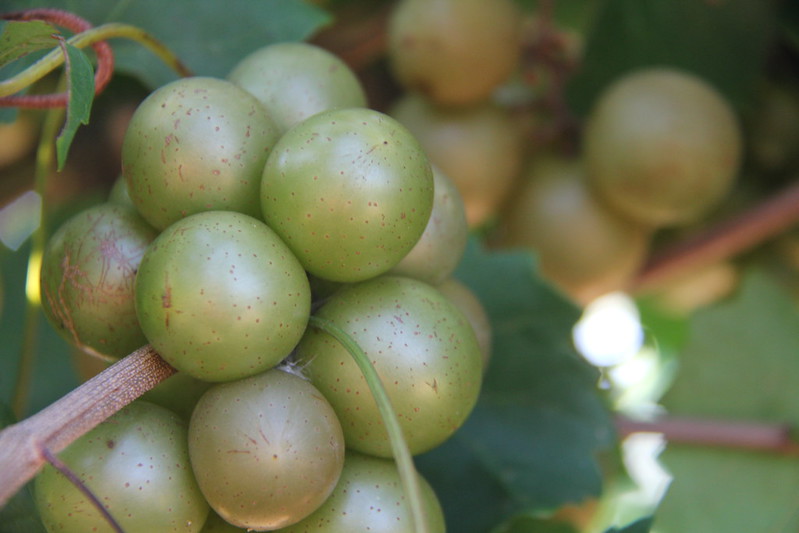
The 2022 Virtual Southeastern Muscadine School is a webinar series featuring updated information for muscadine management and wine-making. Each session will feature guest speakers, followed by a Q&A session for webinar participants. Webinars will be recorded. Webinar Schedule and Online Registration For additional information, please contact Amanda Lewis, Communications Assistant, NC State University’s Small Fruits…
Posted in: Winter 2022 -
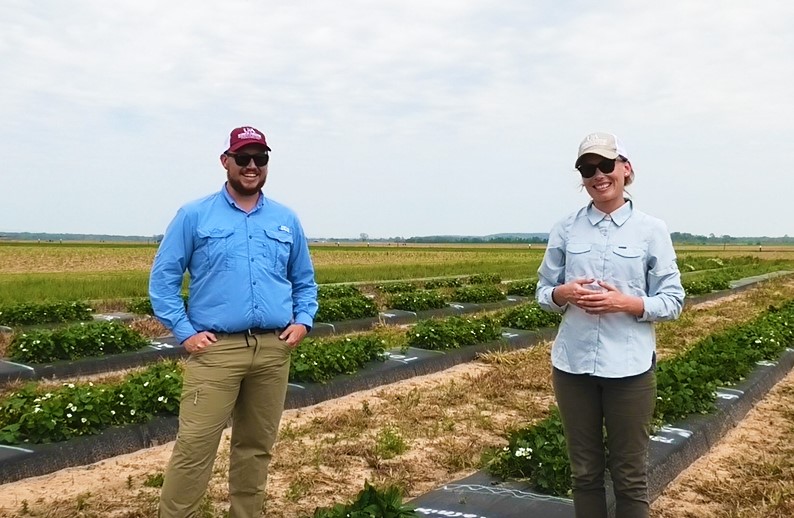
By Sarah Cato, Program Tech-Horticulture, University of Arkansas System Division of Agriculture In 2021 the University of Arkansas extension horticulture team hosted the 2021 Southeastern Plasticulture Strawberry School, with funding from the Southern Region Small Fruit Consortium. The Strawberry School was a six-part webinar series that started in February of and ended in October 2021.…
Posted in: Winter 2022